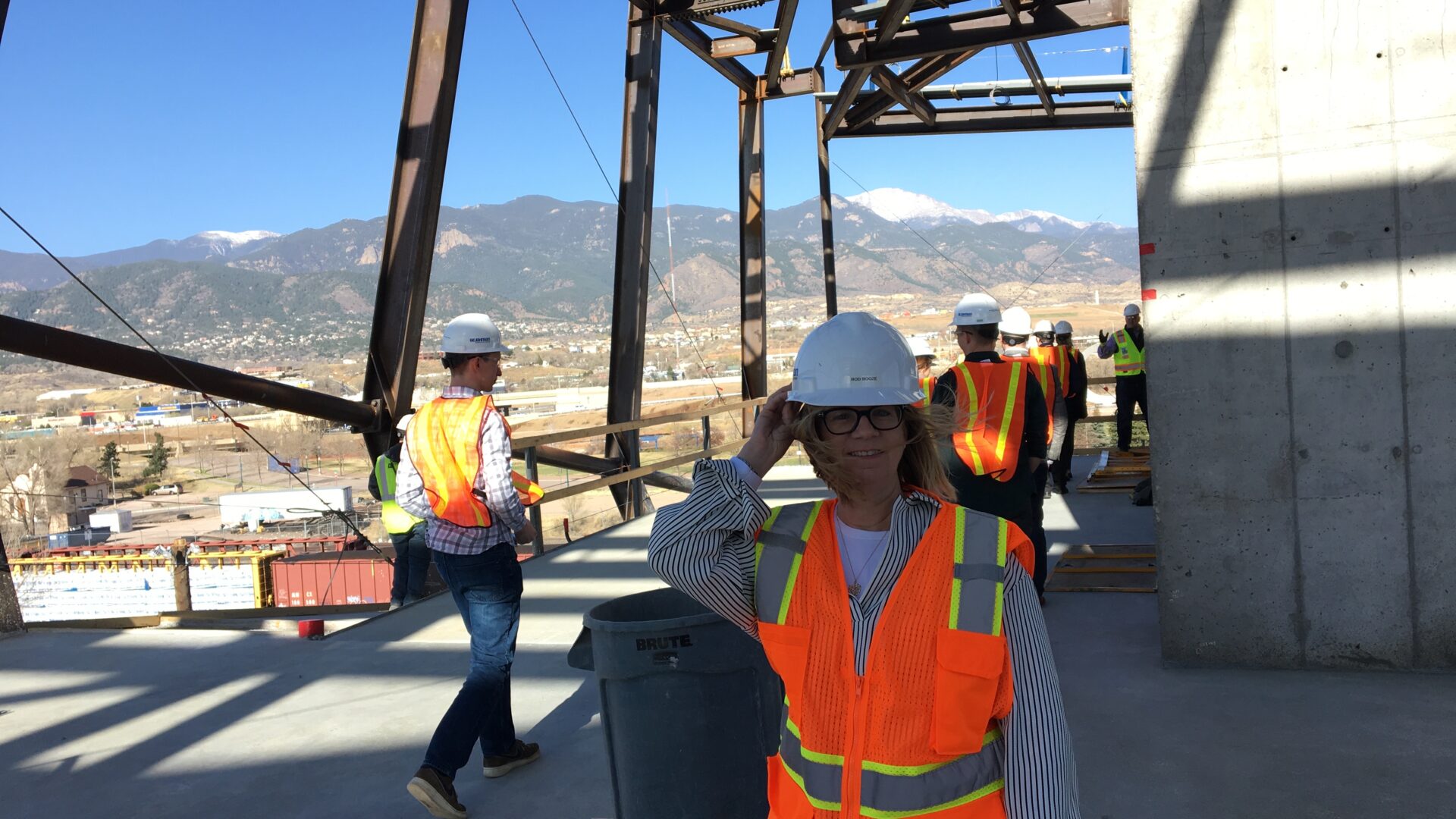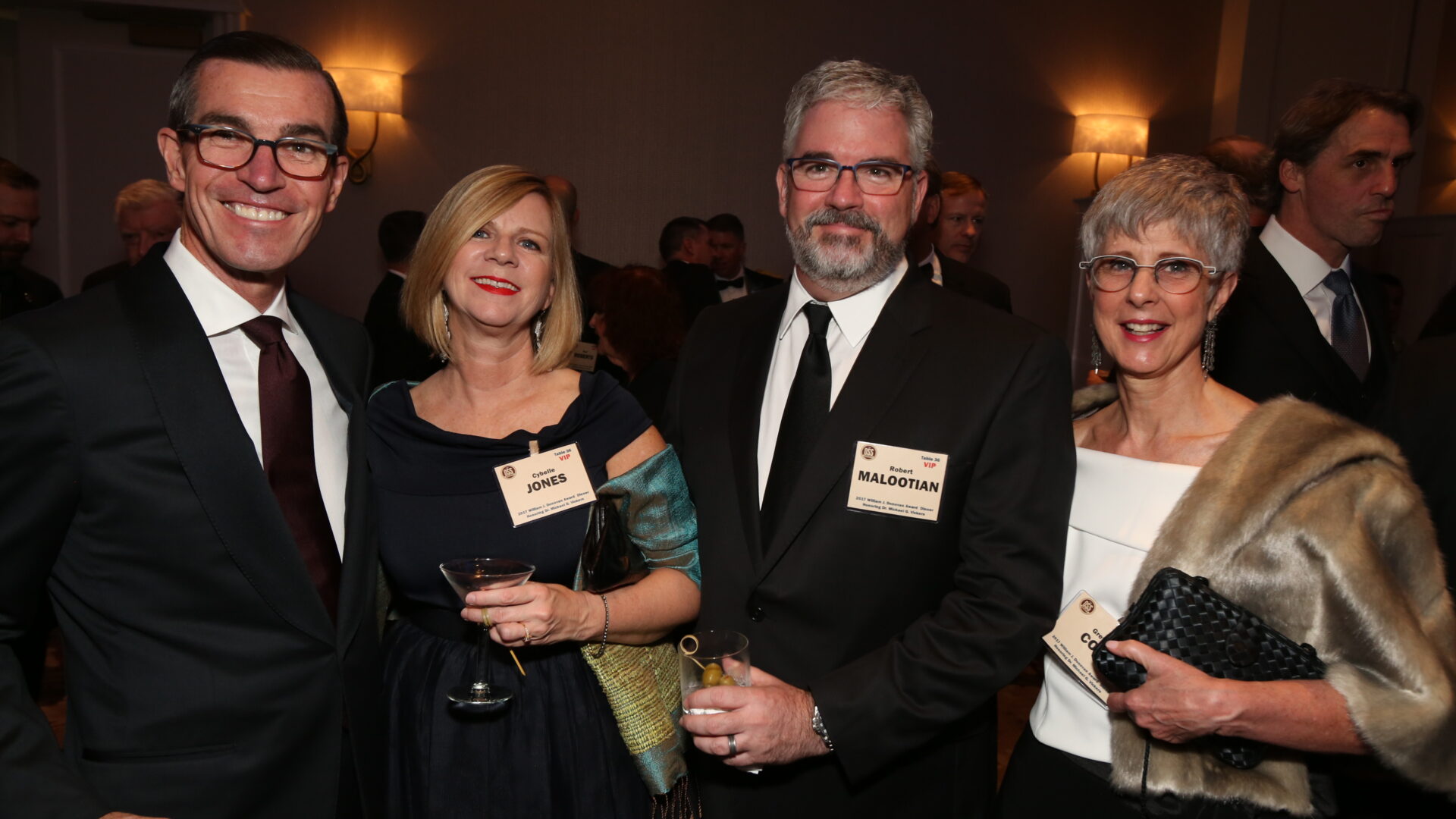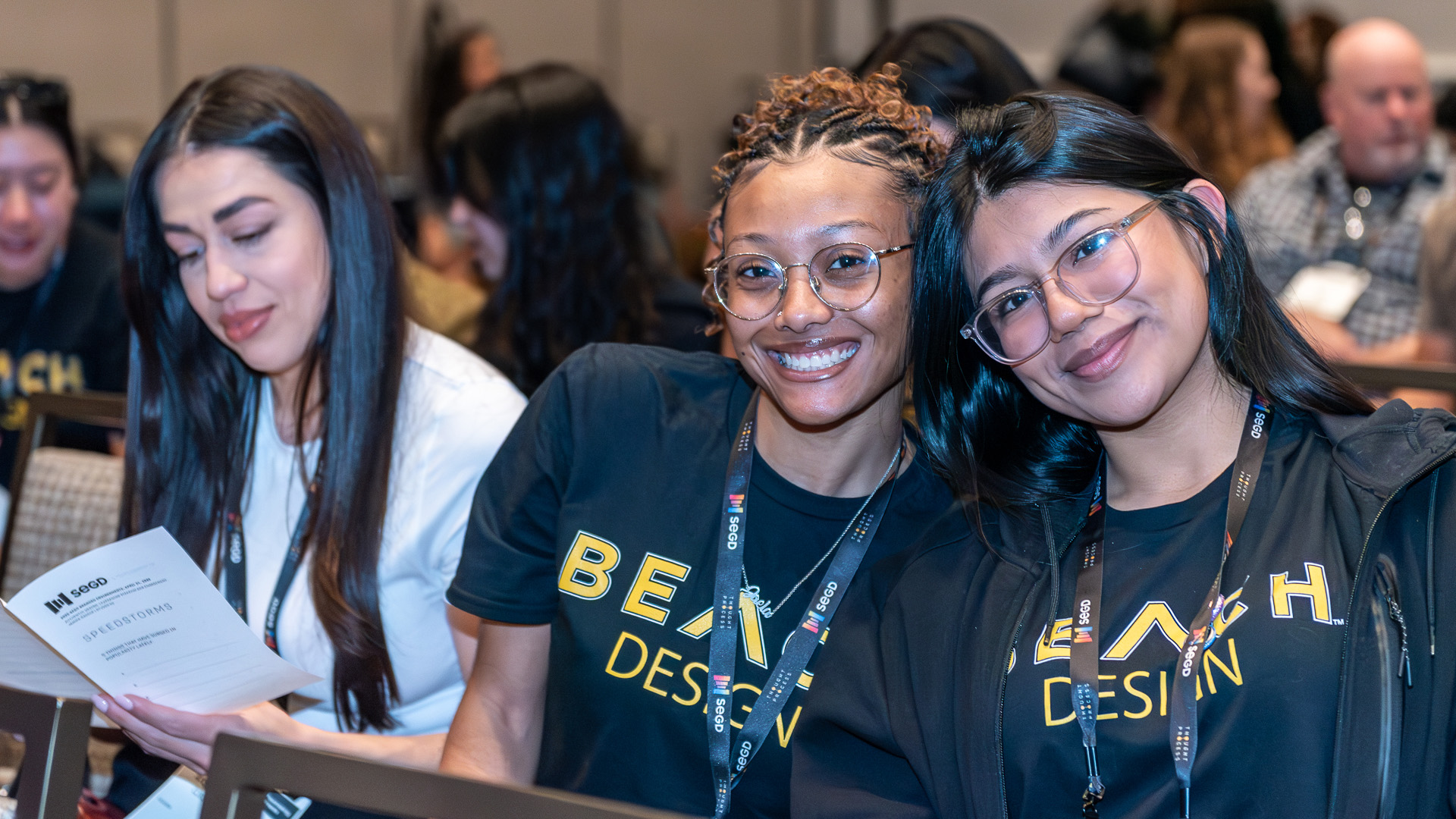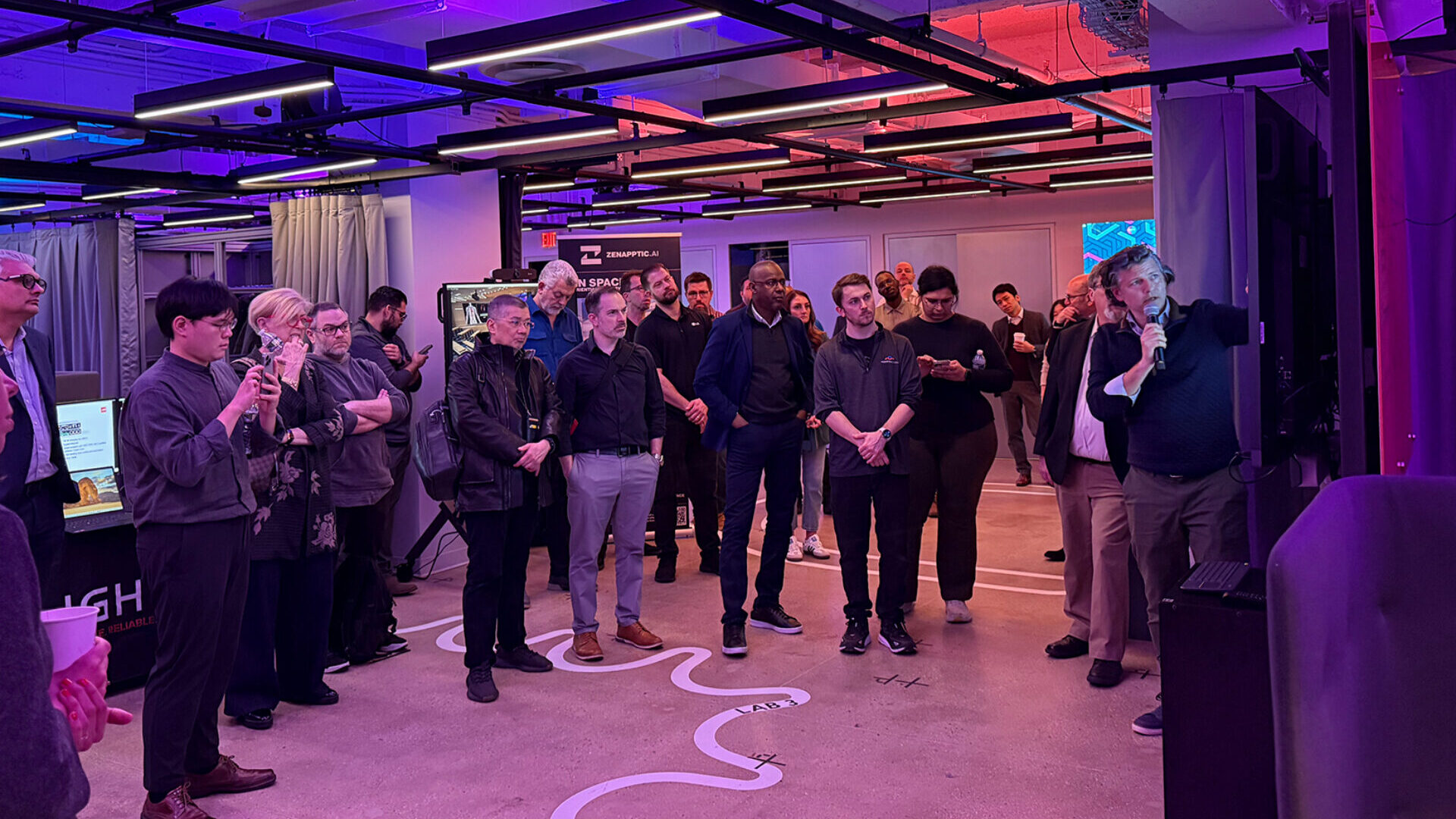The Risk to Lead, the Risk to Grow: 5 Lessons on Stepping Into the Unknown
Cybelle Jones reflects on five years at SEGD in her 2025 Q2 CEO Update
The riskiest thing you can do is be safe.
This past May marked five years since I took one of the biggest leaps of my life—leaving a firm I had helped build over 26 years to become CEO of SEGD. It was the spring of 2020, and the world was in flux. I left a secure, for-profit leadership role with a team of 150 for a nonprofit organization with a team of 8 (which quickly became four).
I wasn’t stepping into calm waters—I was stepping into a moment of deep uncertainty. SEGD, like so many organizations, depended on in-person events for the majority of its funding—and suddenly, everything was canceled. But I didn’t make this move for comfort. I made it because I believed SEGD could—and should—weather these storms and come out stronger, more innovative, and more relevant.
That kind of transformation takes risk—not reckless risk but intentional, strategic risk. Risk that honors our mission and adapts to the evolving needs of our members. Risk that helps future-proof our organization in a world that changes faster every year.
Here are five lessons I’ve learned from taking—and continuing to take—those leaps.
Lesson One: Risk Means Letting Go of the Script
For over two decades, I worked at Gallagher & Associates—a well-established design firm that I helped shape from its early days. It wasn’t just my job; it was my identity. I had momentum, recognition, and rhythm. Leaving that behind as a middle-aged woman to lead a nonprofit during a time of great uncertainty was, in many ways, like starting over. At SEGD, I had vision—and the board’s support, but few guarantees that any non-profit would survive the pandemic.
To lead in a new way, I had to step out of my comfort zone and embrace discomfort. That’s the truth about growth—you can’t always plan it. Sometimes, you must leave the well-worn path and trust that the next one will reveal itself as you walk it.
Lesson Two: Risk Is a Muscle—You Have to Exercise It
This year, alongside our board leadership, we’ve tried things we’ve never done before—like partnering with the International Sign Association (ISA) to present our Wayfinding and Branded Environments events this spring. We’re reimagining Xlab as a two-part experience: hands-on interactive Studio Sessions at TAD in NYC this August 5th and an experimental immersive gathering in Chicago on September 17-18.
Every decision stretched us, and it came with real stakes—tight budgets, high expectations, and the need to deliver value for our members. But our board is committed to ensuring our events evolve to meet the moment.
We can’t serve a changing community with the same formula. Our members’ needs are evolving—toward more meaningful conversations, more actionable tools, and more intimate experiences. So we’re pushing ourselves to build the kinds of spaces where that growth can happen.
Lesson Three: Risk Isn’t Reckless—It’s Vision with Courage
One of the most defining projects of my career was the International Spy Museum. When we landed the project, Gallagher & Associates was just over two years old. We were a young firm proposing a new kind of museum—one that blended entertainment with unconventional subject matter, and a “museum for profit” model in a city dominated by nonprofits.
The risk was real, but it was calculated. We had a vision—and the courage (and maybe just enough naivety and funding) to pursue it. Looking back, that project helped redefine not only our firm but an entirely new category of experience design. It proved that museums could be educational, entertaining, and financially self-sustaining, and it opened the door for a new way of thinking about audience engagement.
Today, that approach is no longer niche—it’s expected. Museums and experiences have become synonymous. They’ve evolved into models for how other sectors—healthcare, transportation, workplace, and even sports and retail environments—design for connection, storytelling, and human-centered impact. What was once risky is now essential. But it took vision and the willingness to do something different to get there.

Lesson Four: You’re Never Ready—Do It Anyway
I’ve rarely felt “ready” when significant changes or opportunities came my way. Like many of you, I’ve experienced imposter syndrome, walked into rooms where I was the only woman, or tackled projects that felt too big, complex, or uncertain.
Now, as a nonprofit leader, those feelings haven’t gone away—they’ve just taken new shape. We look at our bank account weekly. We track every sponsorship check. Jennette drives to New York or shops at Costco to maximize our event budgets. And yes, we rely heavily on the talent, generosity, and passion of our volunteers. But you know what? That’s part of what makes us better.
Despite limited resources, we’ve accomplished extraordinary things together. We overhauled our website. We launched a brand refresh. We kicked off our Voices of Experience campaign—all powered by a small team and a mighty community of committed volunteers who believe in SEGD’s mission.
Each effort required a leap of faith, but each also revealed a new kind of strength on the other side.
Leadership, creativity, and innovation aren’t built in comfort—they’re built in motion. And when you’re leading a mission-driven nonprofit with tight resources, the stakes feel higher. But so does the responsibility. To be thoughtful. To be bold. And to make sure we’re building something sustainable—for our members now, and for the next generation.
Lesson Five: Risk Is an Invitation—to Lead Differently
The best risks I’ve taken have been rooted in a desire to do things better, not just bigger. At SEGD, we’re not experimenting for experimentation’s sake—we’re evolving with intention, to ensure our community stays vibrant, inclusive, and future-facing.
Over the past few years, we’ve taken bold steps—introducing Professional Practice Groups, launching a new Sustainability Resources hub on our website, and most recently, gathering honest, valuable feedback through our member survey. That input is already shaping how we think and plan. As we look ahead to 2026, we’ll be testing new ideas and prototyping programs to reflect what we’ve heard—because we’re not just here to speak, we’re here to listen.
We’re asking better questions:
- What kinds of conversations do our members need right now?
- How do we stay relevant in a time of massive change across design, technology, education, and culture?
- How can we turn bold ideas into accessible, enriching experiences?
Real leadership isn’t about sticking to a formula—it’s about listening, adapting, and having the courage to evolve. Risk, in this context, is an invitation—not to disrupt for the sake of disruption, but to reimagine what’s possible when we design with purpose and community at the center.
An Invitation to You
If you’ve taken a risk lately, you’re not alone. Thank you. These moments define us—and they move our entire profession forward. If you’re standing on the edge of one, consider this your sign to go for it.
At SEGD, we’ve built a space where creativity, strategy, and community come together—and where risk is embraced as a path to progress. I always say: if it doesn’t work, you can always go back—but if you never try, you’ll never know what you’re capable of.
If you’re ready to step into something new, join me for our SEGD Xlab Studio Sessions at TAD in NYC on August 5. These sessions are designed to be intensive, interactive collaborations—a place to push your thinking, challenge assumptions, and return to the practice of rapid iteration and creative experimentation.
Then we’ll continue the journey at Xlab Offsite Chicago this September 17-18, where we’ll explore how interdisciplinary artists and cultural thinkers can help us reimagine the world around us—and, in the process, reshape our own design practices. Visionaries like Norman Teague, David Macaulay, Monica Chadha, Bruce Mau, and others will help us expand what design can be.
Let this be your invitation—to take the leap, to lead with heart, and to shape
As our SEGD Manifesto, created by Spoken Word Artist Poet Harold Green, reminds us:
“The circle of inspiration is infinite.
We can pull on past wisdom,
present experiences,
and future dreams—
to design a world
that’s as good as it seems.”
But as it also asks:
“So how soon is now?
What are we waiting for?
And who can’t afford to wait?”
The time to act is always now. If this is all by grand design, then let’s commit to leading with our hearts, creating change with our art, being more inclusive with our intention, and provoking meaningful conversation through composition.
The future of design needs boldness, empathy, and vision. Let’s shape it—together.
Warm Regards and Thanks,
Cybelle
People also viewed
-
2025 Q1 CEO Update: SEGD’s Purposeful Design & Strategic Collaborations
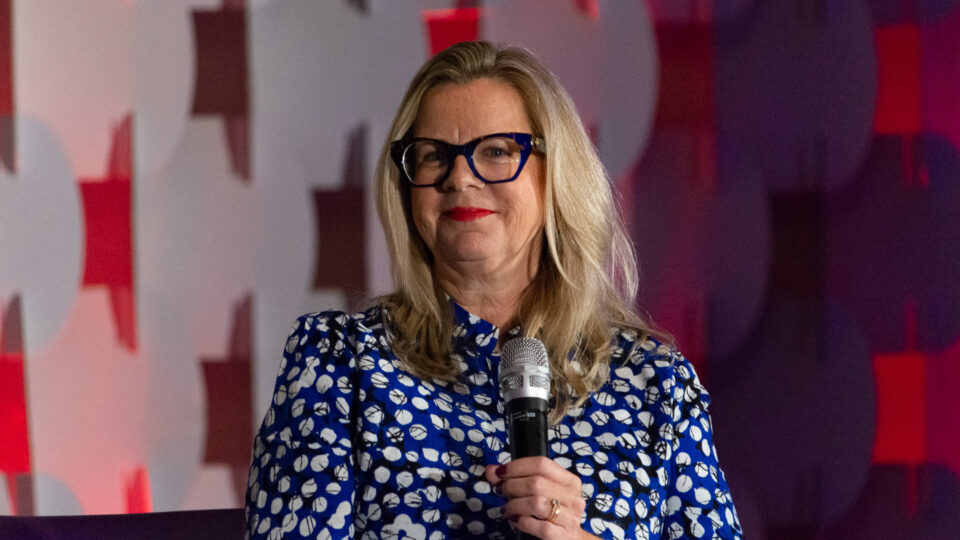
2025 Q1 CEO Update: SEGD’s Purposeful Design & Strategic Collaborations
-
Women in Design: 5 Lessons on Breaking Barriers and Building Community
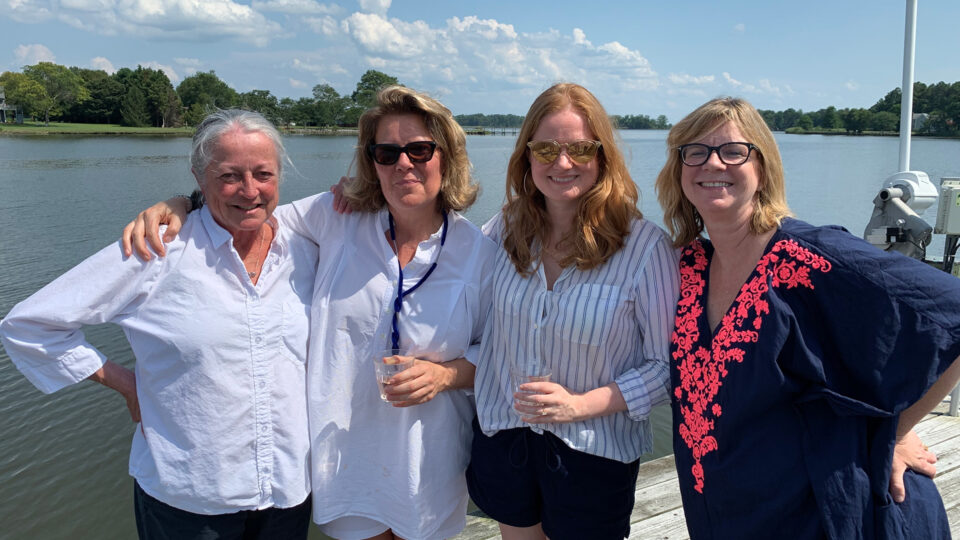
Women in Design: 5 Lessons on Breaking Barriers and Building Community
-
SEGD Reimagines Xlab for 2025 with New Chicago Offsite + New York Studio Sessions
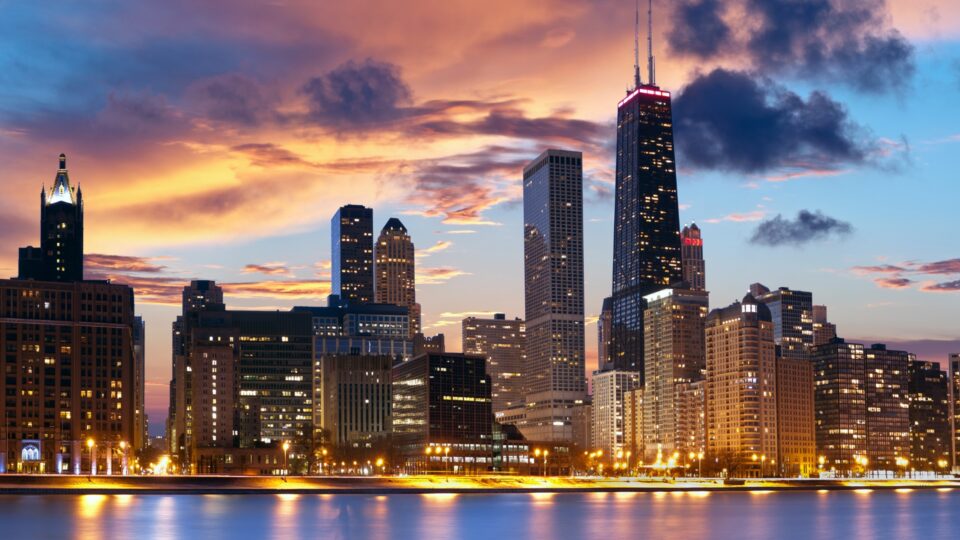
SEGD Reimagines Xlab for 2025 with New Chicago Offsite + New York Studio Sessions
